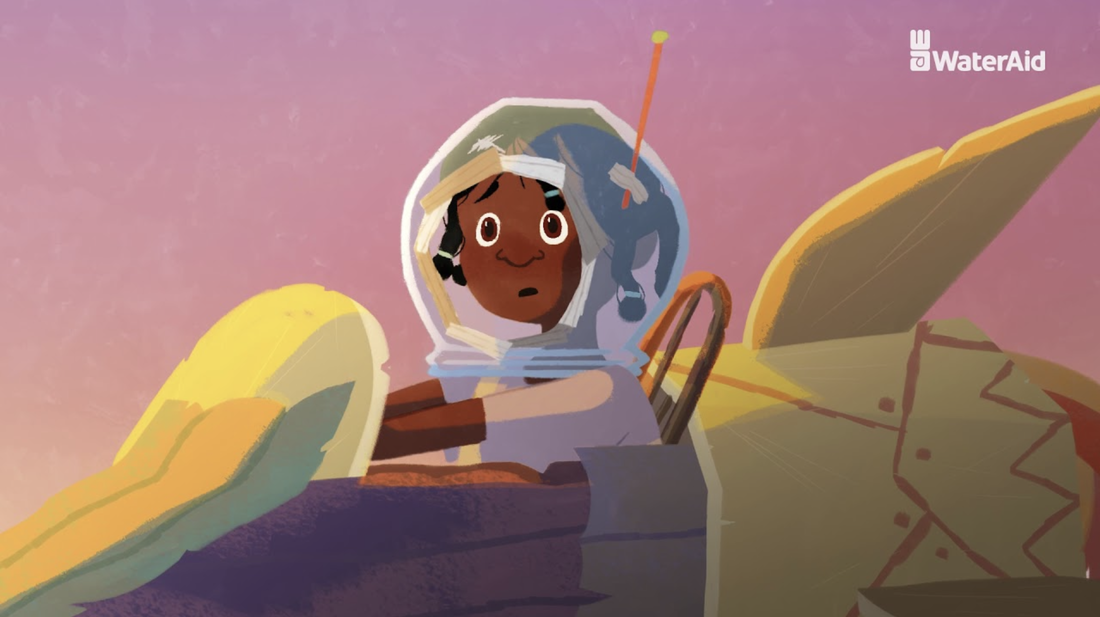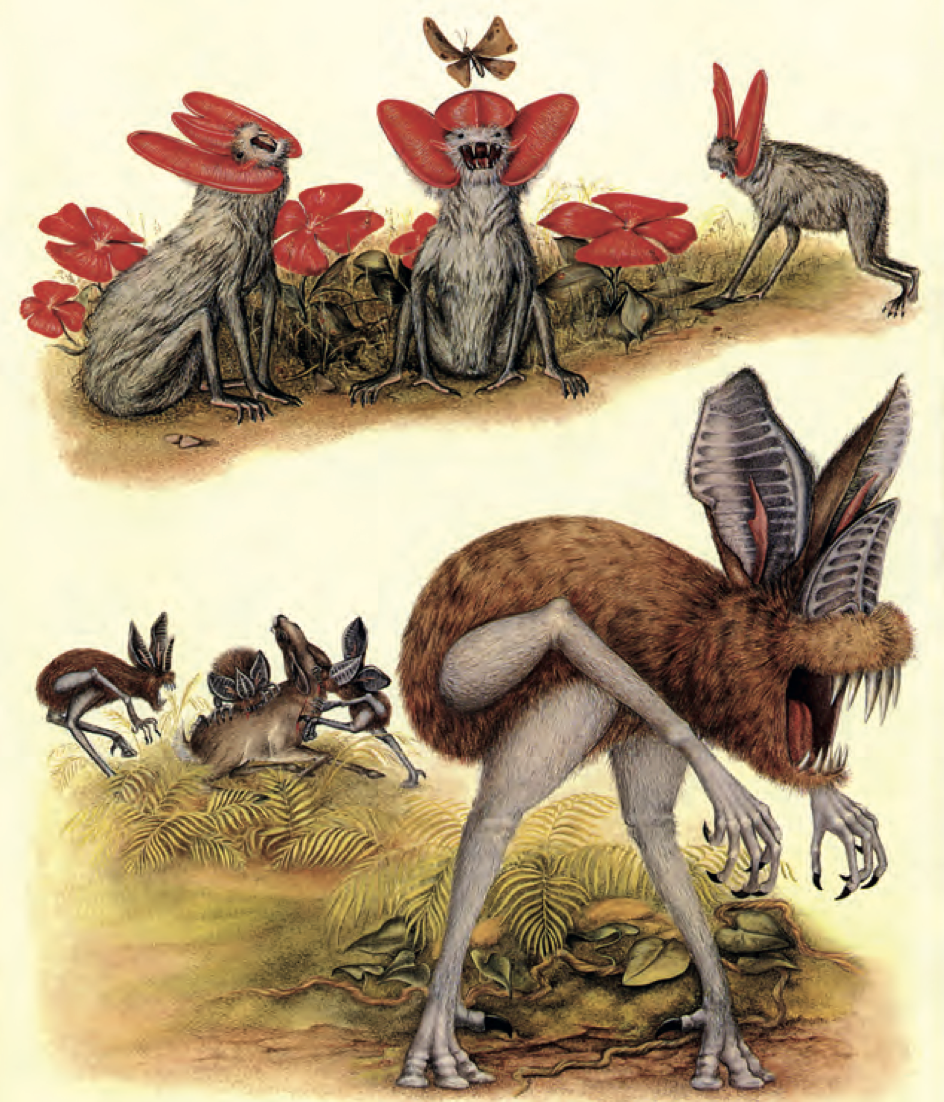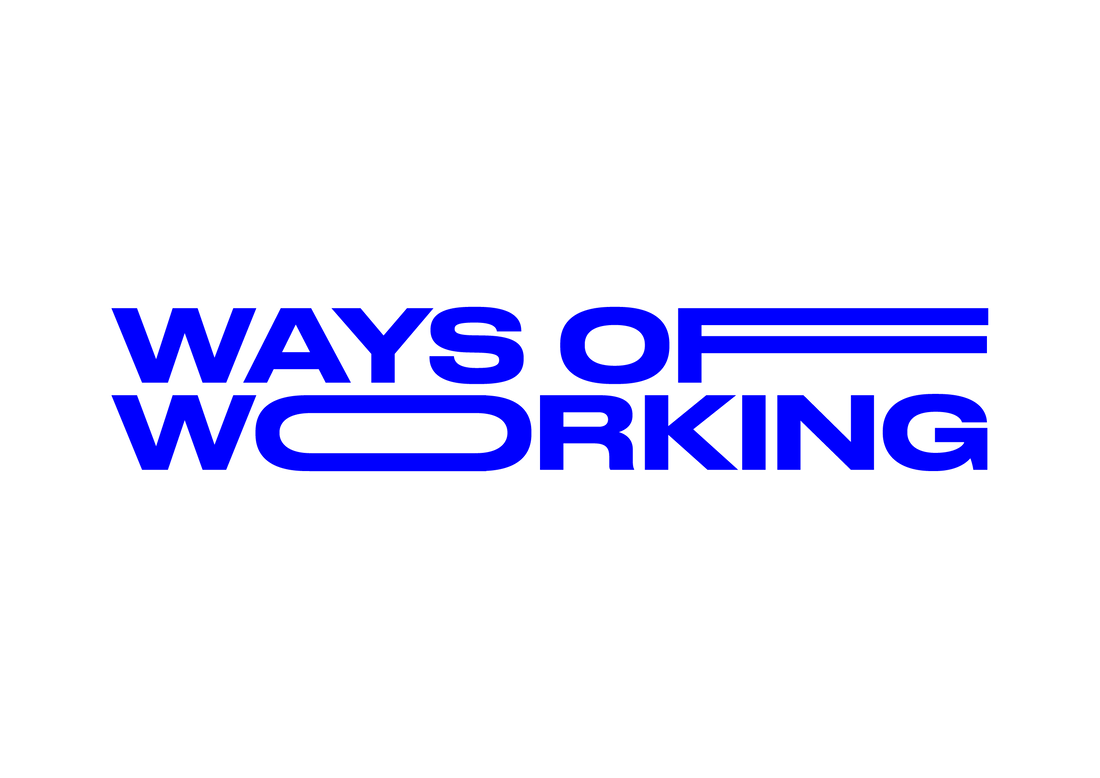|
Megan Cox, IVM real | imaginary Real = existent, factual or authentic. Imaginary = fictional, pretend or fabricated. As an illustrator, animator and visual storyteller, I believe that narratives, being stories and the way in which they are told, are the most influential part of design. Whilst contemporary storytelling as a design, is the worldwide sharing of new knowledge, ideas and perspectives, I believe a good design should make a positive impact on communities or individuals. Although what is considered a ‘good’ story is subjective, we can compare how positive change results from the design of real and imaginary stories, communicated through advertisement, social media and illustrated narratives. I find charities display the greatest willingness to create positive change. ‘WaterAid’ has strongly expressed their targeted issue and goals facing lack of access to the basic human rights of sanitation and clean water, through advertisements including ‘No Choice’ and ‘The Girl Who Built A Rocket’ The ‘No Choice’ ad greatly impacts the audience by showcasing the daily struggles of the community, the deliberate inclusion of the people’s names and the urgency in their slogan. The intention of these factors are to build sympathy from the audience. However, the method storytelling through ‘guilt-tripping’ is considered an unappealing design, especially in western countries, where it has becoming normal to believe that the realities of these adverts are exaggerated or staged and people will therefore dismiss the truth of problem and forget the original purpose of the advert. Furthermore, I think ‘The Girl Who Built A Rocket’ presents a mixed reality. Animation is a form, or anti-design, in itself that requires the fabrication of characters, setting and style, yet it still succeeds in conserving the original purpose of inspiring positive change. By highlighting the campaign in a positive way, it encourages audiences to get involved and allows them to empathise rather than sympathise with the character. I feel although the creative ownership of the animation is choosing to hide much of the real suffering that takes place, this imaginary narrative would more likely encourage a western audience into wanting to make a positive difference. education | entertainment “Good design is honest.” – Dieter Rams “Good design motivates.” – Otl Aicher Aicher’s quote intentionally distinguishes the idea that good design should motivate rather than inspire. Relating this to storytelling, we can understand that the best narratives should provoke action over thoughts alone. In correlation with Rams’ quote, I think real stories are more likely to do this, because people will strongly empathise with honest experiences faced by those living in their same reality. Social media is a space that holds constant conflict of what is real and imaginary, or in other words, honest and fake. The article, ‘Welcome to the TikTok Economy’ in Fortune Magazine, describes TikTok as ‘something radically different’, because the platform and the type of content shared within this space, can be viewed as a design system that opposes the negative effects of social media. Instead of feeding the cycle of false self-expression leading to and from perceptions of social standards, the article emphasises that TikTok is a space for anyone to be their authentic selves and not be ashamed or judged but rather feel like they are part of a worldwide community of diversity and acceptance. The ability TikTok users have by taking part in trending content and ownership of sharing their own stories, doesn’t require one to go against the crowd, as anti-design and most social platforms employ, but instead celebrates authenticity and brings about more positive mental wellbeing. Furthermore, trending content is also greatly affected by stories from entertainment industry. For example, the recent fictional TV series, ‘Squid Game’, became a worldwide phenomenon, influencing fashion, games and the growing viewers of Asian media. However, I think that although there is importance in popular culture and entertainment, the widely shared news of the murder of George Floyd has set off a much bigger positive impact of the BLM movement. When faced with the question of what is more important, there is no doubt that the sad but true story of Floyd’s murder has resulted in necessary ongoing activism towards positive social change for underrepresented communities.
Overall, the line between what is real and imaginary is exactly where most narratives sit; our reality is sometimes falsely expressed or not exposed in its entirety and imaginary spaces will always reflect parts of the real world. The creativity and scope of imaginary worlds can engage and motivate us in ways the predictability of the real world expressed in visual media most often cannot, offering greater chance for growth and mitigation of future scenarios. However, in the present, I think that honest stories have immense power to activate positive change that will last, both within individuals and communities across the world. Baumartner, J. (No date) Imagination Is the Root of Innovation. Available at: https://www.creativejeffrey.com/creative/imagination_innovation.php?topic=creativity Domingo, M. G. (2020) Dieter Rams: 10 Timeless Commandments for Good Design. Available at: https://www.interaction-design.org/literature/article/dieter-rams-10-timeless-commandments-for-good-design Dunne, A. And Raby, F. (2013) Speculative Everything: Design, Fiction and Social Dreaming. Cambridge, MA: The MIT Press. Hawkins, Alex. (2021) What’s Driving Squid Game’s Success?. Available at: https://www.stylus.com/whats-driving-squid-games-success O’Brien, J. M. (2021) ‘Welcome to the TikTok Economy’, Fortune, (October). Scrypto (2017) WaterAid Promotion | Donate Now! No Choice TV advert. 14 August. Available at: https://www.youtube.com/watch?v=xdJeCefyGMY Studio Guerassio. (No date) Inspiration vs. Motivation. Available at: https://www.studioguerassio.com/inspiration-vs-motivation/ WaterAid (2021) The Girl Who Built A Rocket. 8 February. Available at: https://www.youtube.com/watch?v=lmBp2-t38Mw
1 Comment
Robert Urquhart
1/6/2022 03:27:05 am
I'm going to have to read ’After Man: A Zoology of the Future’ - sounds excellent! As you say, narrative is really important in placing the viewer in the action, you made a very persuasive argument.
Reply
Leave a Reply. |
Archives
December 2021
Categories |




 RSS Feed
RSS Feed
